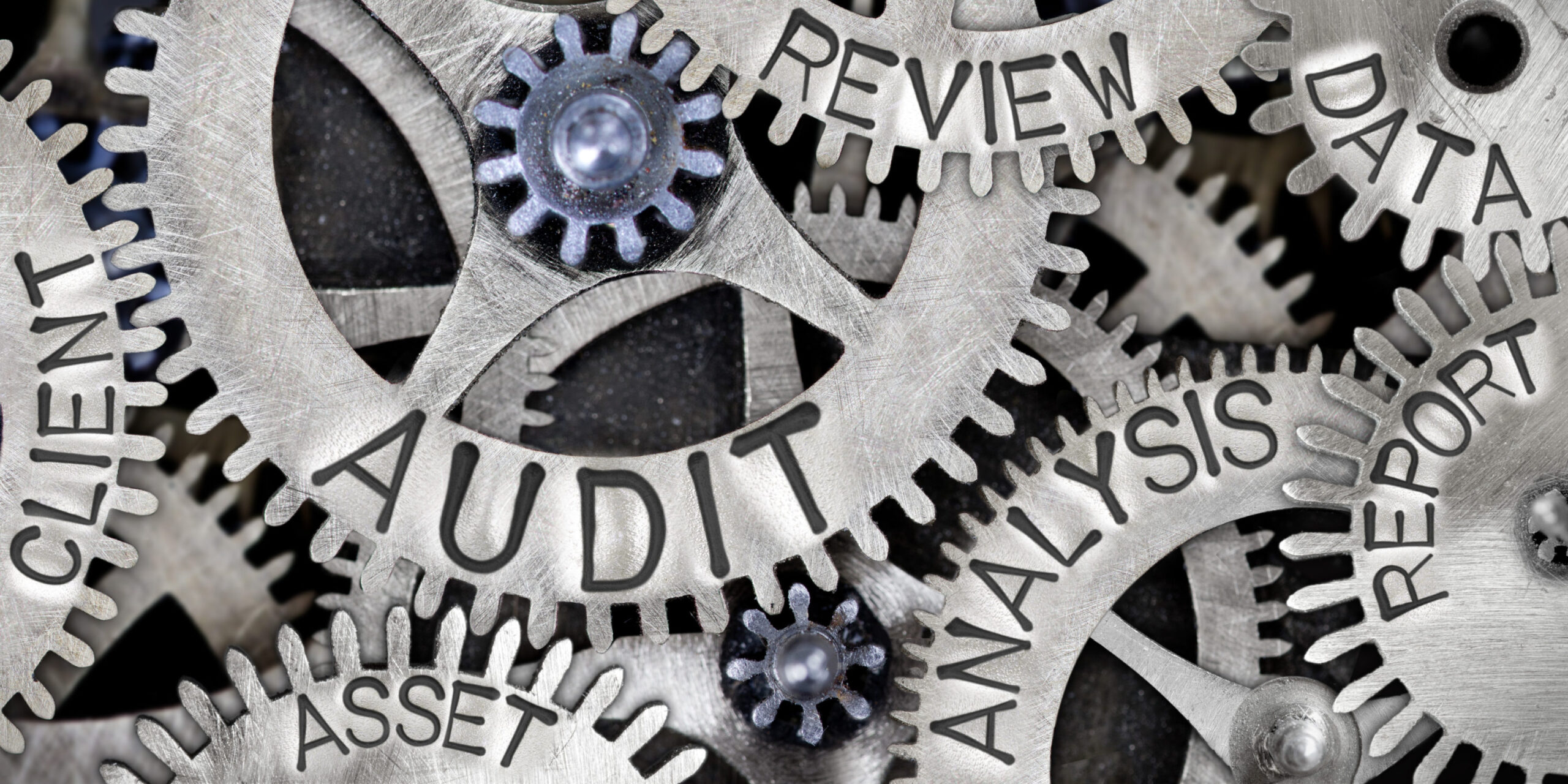
The wallet challenge: Step 1 – your financial audit
This 4 part series will get you ready to grow your wealth in the new financial year. Starting with an audit of your current financial position, this checklist will guide you through a review of all your assets – savings, super, properties etc and liabilities – loan payments, insurance policies, bills so you can get a clear picture of where you are at financially and where you need to make changes.
If you are planning a road trip, you need to know where you are starting from, heading to and what resources you need to get you there. And it’s the same when starting to build your financial wealth.
Here are some easy “audits” to help you embark on this financial journey:
Firstly, you need to assess all your assets and liabilities to determine your starting point. This audit isn’t hard to do and while there are several online tools available to help, it can easily be done on a blank piece of paper.
On the left side, list all your assets (the things you own) and their value. Assets can include your home, other properties, cash, your business, super, any other investments you have (for example, property, shares or bonds), money owed to you, artworks, jewellery and vehicles.
On the right side, list all your liabilities (what you owe others) and their value. These can include your mortgage, credit card debts, tax liabilities and other loans (for example, investment, personal, car, business, student or hire purchase loans).
Now add up the value of each column. This will tell you whether you are starting your journey from a position of strength (that is, your assets are worth more than your liabilities) or weakness.
Next up you’ll need to do another “audit” – an assessment of your budget. The aim is similar to determining what you will have available to spend on your road trip.
Again, while there are many online tools to help, it can be done on a piece of paper. All you need to do is collect all your bank and credit card statements, bills and receipts for a period of, say, three-months.
Write down all your income on the one side and all expenses on the other. Income includes your salary and interest from investments. Expenses include your food, mortgage, utilities, insurance, groceries, medical, car, transport, school and entertainment bills. Are there any immediate ways you can cut down on your expenses?
If your expenses are higher than your income, quick action may be needed. Debt can quickly spiral out of control, especially if interest rates start rising again. To get back on track, you might consider stricter budgeting, debt consolidation (rolling all your debts into a single loan at the lowest interest rate available) or seeking financial advice.
To plan your journey, you also need to know your destination. Otherwise, you could be going in all the wrong directions and making many expensive U-turns. This requires an “audit” of your goals. List all the future financial milestones you’d like to achieve and by when – for example, to put a deposit for a first home by X, to save for Y for our wedding or to have a monthly income in retirement of Z.
Your strategies on how to get there will very much depend on your age, goals and personal situation. devising these can be complex and confusing so it might pay to invite a financial planner along for the ride.
One of the best vehicles to use on your long-term journey is superannuation. For most people, super is taxed at a lower rate than similar investments outside super. In addition, the interest earned on super is “compounded” – that is, it’s continually reinvested so your interest earns more interest.
Here, another “audit” may be required to ensure you are getting the best out of your super. Areas to examine include how your super fund compares to its competitors, whether you are in the right investment option for your circumstances and whether you could benefit from salary sacrificing.
While you’re at it, it is a good time to think about whether or not you have the right insurances in place for you and your family. If you’re not sure where to start when it comes to insurance, you can check out these basic guides.
Once you have a plan, remember to keep reviewing it and to have a plan B for emergencies. It’s realistic to expect some roadblocks and stormy conditions along the way.
A CERTIFIED FINANCIAL PLANNER® professional can offer valuable advice to help you better understand your finances and build your financial wealth.
Online source: Produced by The Financial Financial Planning Association of Australia and published on 18 May 2017. Original article.



